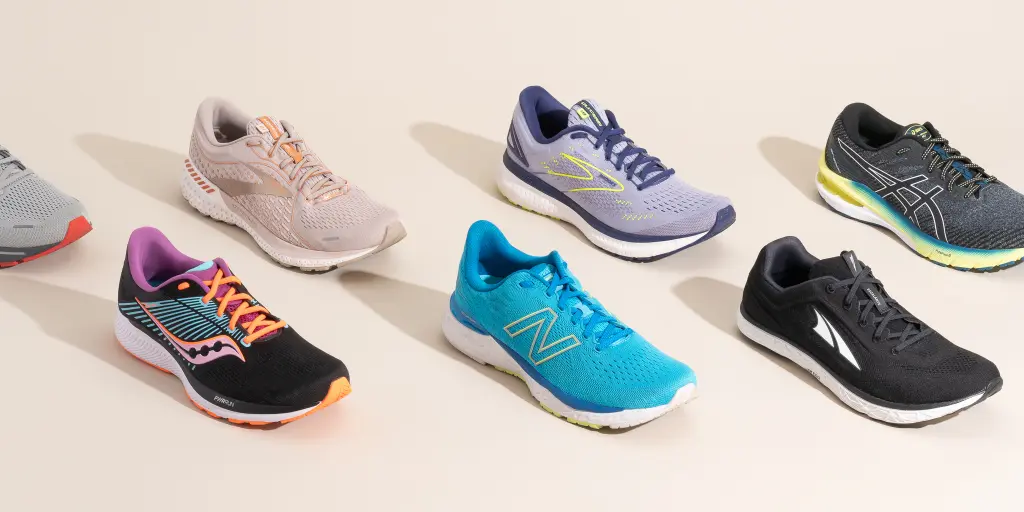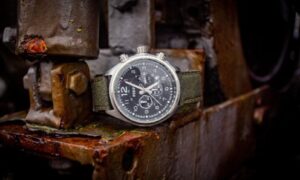Attention all runners! Are you tired of dealing with uncomfortable or ill-fitting shoes on your runs? Look no further, because we have the ultimate guide to finding the perfect pair of running shoes for you. Whether you’re a seasoned runner or just starting out, having the right footwear can make all the difference in achieving your goals and preventing injuries. In this post, we’ll walk you through everything from determining your foot type to testing out different styles and brands. So put on your current sneakers (if they’re not already falling apart) and get ready to upgrade your running game. sevgililərgünü
Introduction to Finding the Perfect Pair of Running Shoes
Deciding on the perfect pair of running shoes can be daunting. With all of the different choices available on the market, it’s hard to know where to start. However, there are a few key factors to consider that will help you narrow down your options and find the best shoes for your needs.
First, think about what type of runner you are. Are you a casual runner who only hits the pavement a few times a week? Or are you a competitive runner who trains regularly? Your running style will impact the type of shoe that’s best for you.
Next, consider your foot type. Do you have high arches or flat feet? This will also affect the kind of shoe you’ll need. There are specific shoes designed for different types of feet, so it’s important to get this right.
Finally, take into account your budget. Running shoes can range in price from $50 to $200 or more. It’s important to find a pair that fits both your needs and your budget.
Once you’ve considered all of these factors, it’s time to start shopping around! Try out different pairs of shoes and see how they feel when you run in them. The perfect pair of shoes is out there waiting for you – just keep looking until you find them!
Reasons Why It’s Important to Have the Right Running Shoes
There are a few key reasons why it’s important to have the right running shoes. First, the wrong shoes can cause injuries. Second, the wrong shoes can make running much less comfortable than it needs to be. Third, the wrong shoes can actually make you slower. sevgililərgünü
Let’s start with injuries. If you’re wearing shoes that don’t fit well or that don’t support your feet in the way they need to be supported, you’re much more likely to end up with an injury. This is especially true if you have any existing problems with your feet or ankles. Even if you don’t have any problems, though, wearing the wrong shoes can still lead to injuries.
Next, comfort. If your shoes don’t fit well or they’re not supportive enough, running can be incredibly uncomfortable. You might find yourself getting blisters or developing hotspots on your feet. Your feet might ache after runs, even if you haven’t gone very far. And all of this discomfort can make it harder to stick with running as a regular exercise routine.
Finally, performance. Believe it or not, the wrong shoes can actually make you slower. This is because they won’t provide the same level of support and cushioning as a good pair of running shoes will. As a result, your muscles will have to work harder to compensate for the lack of support,
What Features to Look for in a Good Pair of Running Shoes
When it comes to running shoes, there are a few key features to look for in order to ensure a comfortable, enjoyable run. First and foremost, you want to make sure that the shoes fit well. They should be snug but not too tight, and they should allow your toes some room to move around. Secondly, you want to look for shoes that have good padding and support. This will help protect your feet from the impact of running and keep them comfortable even after long runs. Finally, you want to make sure that the shoes have good traction so that you can grip the ground well when running on different surfaces.
Tips for Choosing and Fitting the Right Running Shoes
There is no one perfect type of running shoe, but there are certain factors you should consider when choosing a pair to make sure they are the best fit for you. Here are some tips:
– Know your foot type. This will help you narrow down the type of shoe that will work best for you. Are you flat-footed or high-arched? Do you have wide or narrow feet?
– Consider the surface you’ll be running on. If you’ll be doing most of your running on pavement, look for shoes that are designed for that surface. If you’ll be running on trails, look for shoes with more traction.
-Think about the climate where you’ll be running. If it’s hot and humid, look for shoes that have good ventilation; if it’s cold and dry, look for shoes that will keep your feet warm.
– Make sure to get fitted by a professional. They can help assess your foot type and find the right shoe size and width for you.
Different Types of Running Shoes
There are three main types of running shoes: neutral, stability, and motion control. Neutral shoes are best for runners with a high arch who pronate very little when they run. Stability shoes are best for runners with a normal arch who pronate a moderate amount when they run. Motion control shoes are best for runners with a low arch who pronate heavily when they run.
Neutral running shoes have a cushioned heel and a flexible forefoot. They provide good shock absorption and allow the foot to move freely. Stability running shoes have a slightly more rigid heel and a semi-rigid midsole. They provide good shock absorption and support the foot while reducing pronation. Motion control running shoes have a rigid heel and midsole. They provide maximum shock absorption and support the foot while reducing pronation.
When choosing a running shoe, it is important to consider your individual needs. If you have any medical conditions that may affect your feet or legs, be sure to consult with your doctor or physical therapist before choosing a shoe.



































